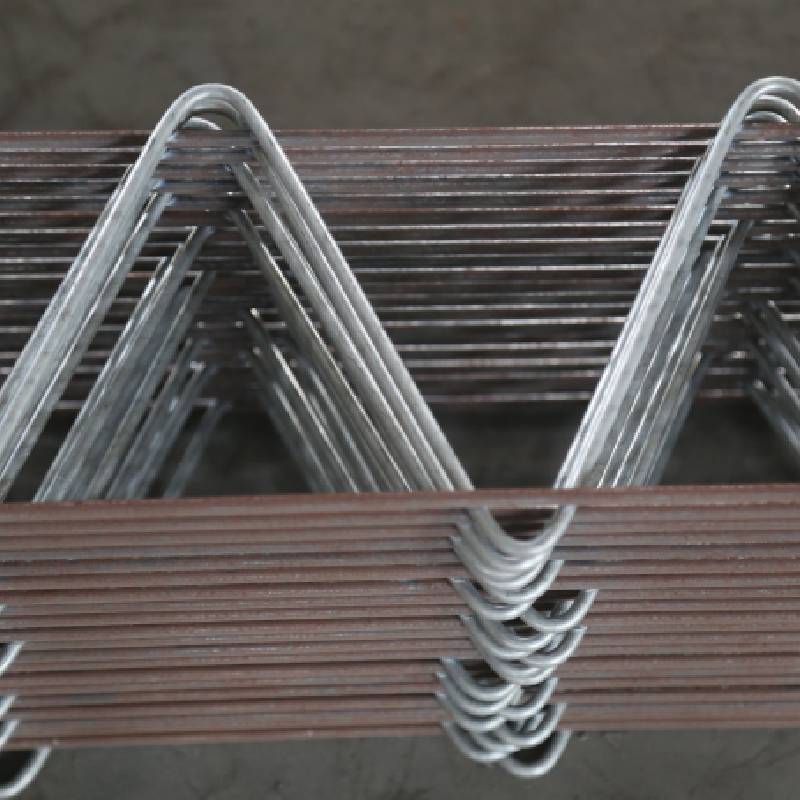
- Mobile Phone
- +8613931874955
- sales@cntcmetal.com
Understanding the Purpose and Function of Wall Ties in Construction and Architecture
What is a Wall Tie?
A wall tie is a crucial component in the structural integrity of a building, particularly in masonry construction. It serves as a connecting element between two walls, often found in cavity wall systems where insulation is placed between an inner and outer wall. The primary function of wall ties is to anchor the outer veneer of brick or stone to the inner structural wall, helping to maintain stability and prevent any potential movement or separation.
Structure and Material
Wall ties can be made from various materials, including stainless steel, galvanized steel, and sometimes plastic or composite materials. The choice of material depends on several factors, including environmental conditions, the type of construction, and the anticipated lifespan of the building. Stainless steel ties are preferred in places with high humidity or corrosive environments due to their resistance to rust and corrosion.
Typically, wall ties are designed in an “H” or “T” shape to provide adequate support. They are inserted into the mortar joints of both the inner and outer walls, creating a strong mechanical bond. The spacing between wall ties is essential; guidelines often recommend a standard spacing of about 600 mm vertically and 900 mm horizontally, though this can vary based on the specific structural requirements and regulations of the region.
Importance in Construction
The importance of wall ties extends beyond mere connection; they play a pivotal role in maintaining the structural integrity of a building. During environmental stresses such as high winds, earthquakes, or soil movement, wall ties help keep the walls in alignment and prevent them from bowing or leaning. They also contribute to the overall stability of a cavity wall system by allowing for the movement of moisture without compromising the building's structural integrity.
In addition, wall ties assist in managing moisture. Cavity walls are designed to allow water that penetrates the outer layer to drain out through weep holes, preventing moisture accumulation within the wall structure. The wall ties ensure that while the two walls are connected for stability, they still function effectively to control moisture, enhancing the longevity of the building.
Types of Wall Ties
There are several types of wall ties used in construction, each designed for specific applications
what is a wall tie?

1. Standard Wall Ties These are the most commonly used ties, suitable for general applications in residential buildings. They provide reliable connections between the inner and outer walls.
2. Vertical Wall Ties Used primarily in tall buildings or where greater vertical support is needed. They are designed to bear additional loads and help resist downward forces.
3. Horizontal Wall Ties Employed in certain designs, they provide lateral support and help distribute weight more evenly, reducing the risk of wall cracking.
4. Specialty Ties These include ties specifically engineered for particular environments, such as those that resist corrosion or are designed for use in earthquake-prone areas.
Installation Guidelines
Proper installation of wall ties is critical to their performance. Installers must adhere to building codes and regulations, ensuring that ties are set at the correct angles and depths. Typically, manufacturers provide guidelines for installation that detail the positioning of ties, spacing requirements, and specific considerations for different building materials.
Regular inspections of wall ties should also be conducted to ensure they remain effective over time. Signs of deterioration, such as rusting or loosening, could indicate a need for repairs or replacements, as compromised wall ties can lead to significant structural issues.
Conclusion
In summary, wall ties are essential elements in modern masonry construction, providing stability, moisture control, and overall safety for buildings. Understanding their function, types, and the importance of proper installation can help ensure that buildings not only meet aesthetic standards but also stand strong and safe for many years to come. With advances in materials and engineering practices, the role of wall ties continues to evolve, reinforcing their significance in contemporary architecture and construction.
share:
-
Why Sacrificial Formwork Is Redefining Underground ConstructionNewsJun.06,2025
-
The Structural Dynamics of Modern Concrete: How Snake Spacers Revolutionize Flexible ReinforcementNewsJun.06,2025
-
Snake Spacers Smart-Lock Concrete Reinforcement with Surgical PrecisionNewsJun.06,2025
-
Snake Spacers: Reinforcement Precision for Modern Concrete ProjectsNewsJun.06,2025
-
Snake Spacers Powering Concrete's Structural DNANewsJun.06,2025
-
Slither into Success: Snake Spacers' Precision Bite for Unbreakable ReinforcementNewsJun.06,2025
-
Sacrificial Formwork: Building Stronger, Faster, and Safer StructuresNewsJun.06,2025



















